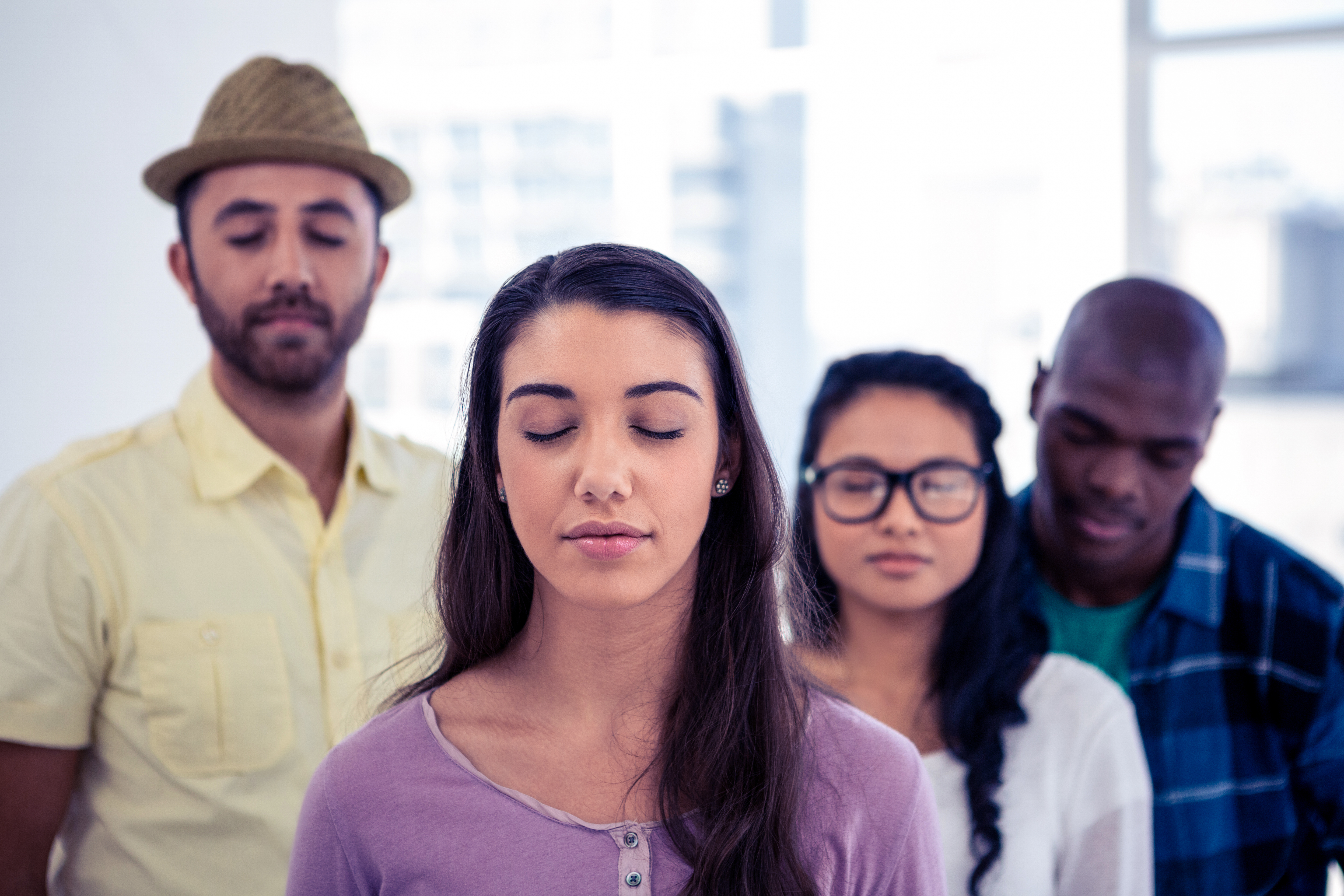We live in a digital age — which means you probably assume that I’m writing this on a computer, as most people would. It’s also true, that at just five years old, I was using a computer to write everything. And trust me, it wasn’t because I was a tech Mozart, or ahead of my time. Instead, I suffered from a rare blood disease called Kawasaki. And though you’ve probably never heard of it, I survived Kawasaki with permanently impaired motor skills — to the point where even today, I sometimes struggle.
Believe it or not, I’m not telling you this to get your sympathy. Rather, I want to show that being mindful of one’s strengths — something we’re always encouraged to do — requires embracing a mutually dependent list of weaknesses.
Of course, when I was a kid, it wasn’t too hard to fill up the latter category. I had and still have Obsessive-Compulsive Personality Disorder, or OCPD. Due to Kawasaki, my handwriting was virtually illegible. When I first started using computers, I thought of them purely as a way to get around these obstacles — what I didn’t know, however, was that computers, and the web, would create opportunities I could have never foreseen.
I didn’t realize it at the time, but each of these consecutive ventures was a small step towards creating the company I now lead. The biggest step, however, had nothing to do with computers or coding.
For me, these opportunities lived in online communities. Places where people across the web could engage with each other, and around the things they cared about the most. It started when I was just six, with instant messaging platforms like ICQ (I still remember my user number). Not long after, I discovered how to connect discrete pages on the web and create what we might now call a “social network.” And with lots of hard work and many hours in front of my computer screen, a few friends and I concocted an app that allowed people in the same location (at a music festival, for instance) to find and message each other. I didn’t realize it at the time, but each of these consecutive ventures was a small step towards creating the company I now lead. The biggest step, however, had nothing to do with computers or coding.
Truth is, there was a time when I thought I could shed my weaknesses and inherent limitations.
As people affected by OCPD tend to do, I was routinely pulling all-nighters, stressing over every detail and minor problem that arose without actually accomplishing the goals I had set for myself. That’s when I knew something needed to change. Initially an ardent skeptic, I started a meditation class that a friend recommended. I won’t lie, it was strange for me at first — I am usually a man of constant motion. But eventually, I experienced its enormous pay-offs, leading me to more mindfulness practices like breathing exercises and yoga. And to complement that, I began getting eight hours of sleep, every night.
I realized then that I hadn’t been reaching my maximum potential as a CEO because I wasn’t properly pairing my strengths and weaknesses. I was trying to do everything by myself, without developing the necessary infrastructure to grow my company successfully. Being mindful of my OCPD, for example, helped me understand that I could harness my uncommonly acute attention to detail to create work systems that were, and still are, bulletproof.
When we’re mindful of both our strengths and weaknesses — of our whole selves — we’re more aware of what we can provide, and what we can gain from working with others.
I should mention that being mindful of strengths and weaknesses isn’t just a path to success; it’s also a formula for identifying potential synergies between those who share your strengths and weaknesses, and those who don’t. Rather than hiring a homogeneous cluster of employees, we’ve focused instead on building a team of individuals whose unique skill sets magnify the whole. We’ve created a culture where collaboration between and within departments isn’t just promoted, but a necessary part of how we do business. When we’re mindful of both our strengths and weaknesses — of our whole selves — we’re more aware of what we can provide, and what we can gain from working with others.
My point in telling you this story isn’t to make my case seem like an exception to the rule. Kawasaki and OCPD may be rare, but maintaining a harmony of weaknesses and strengths certainly isn’t. As both individuals and entrepreneurs, we could all benefit from a keener awareness of, and comfort with, the smooth spots and the rough patches of our life story.
Are you mindful of your strengths and weaknesses?


